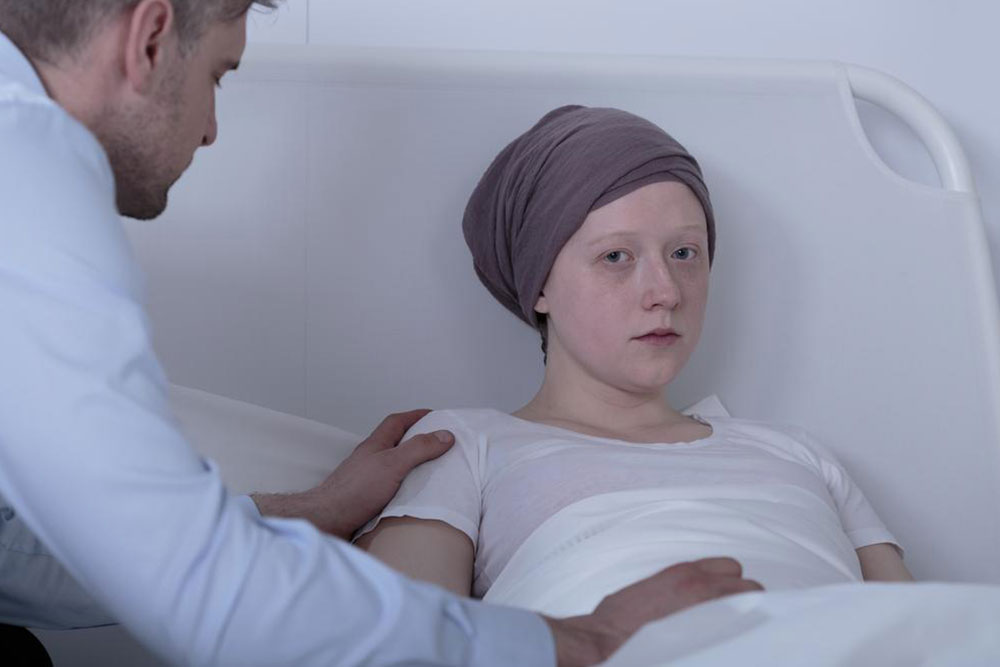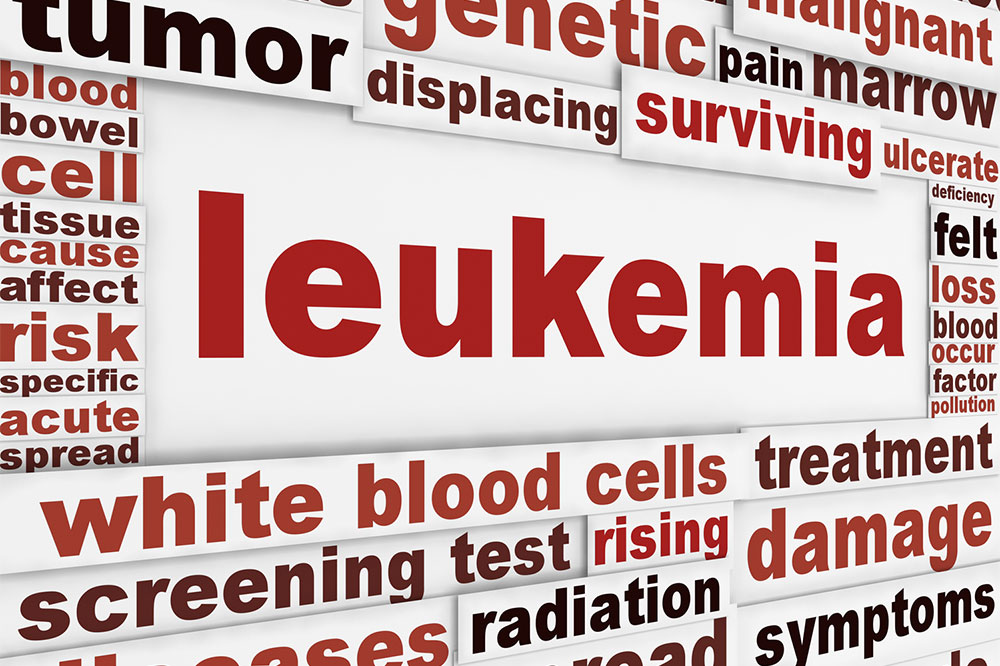Understanding Leukemia: Symptoms, Types, and Treatment Options
This article offers a comprehensive overview of leukemia, covering its types, symptoms, causes, diagnosis, and treatment options. It emphasizes the importance of early diagnosis and ongoing medical support. Designed for general awareness, the content aims to educate readers on this blood cancer, encouraging timely medical consultation for better outcomes.

Understanding Leukemia: Symptoms, Types, and Treatment Options
Leukemia is a type of cancer that impacts blood cells, originating in the bone marrow, where blood cells are produced. While various blood cells exist, leukemia primarily affects white blood cells, which are essential for fighting infections. When these cells grow abnormally, their ability to combat infections diminishes.
Leukemia can be classified as either chronic or acute, with chronic progressing more slowly. Additional classifications depend on the affected cell type: lymphocytic leukemia targets lymphocytes, whereas myelogenous leukemia impacts red blood cells, granulocytes, or platelets.
Types of Leukemia
Acute lymphocytic leukemia (ALL): The most common form, mainly seen in children but can affect all ages.
Acute myelogenous leukemia (AML): Common among adults, affecting various age groups.
Chronic lymphocytic leukemia (CLL): Develops gradually in adults, often with no initial symptoms.
Chronic myelogenous leukemia (CML): Symptoms may take years to appear but can progress rapidly.
Other types include hairy cell leukemia, a rare variant.
Additional conditions related to blood cell production include myelodysplastic syndromes and myeloproliferative disorders, along with subtypes like acute promyelocytic leukemia.
Causes: The exact cause of leukemia remains unknown, though environmental factors like chemical exposure (e.g., benzene) or radiation may increase risk, alongside genetic predispositions.
Symptoms: Symptoms vary based on leukemia type but often include:
Bone pain and abdominal discomfort
Fever, chills, and night sweats
Lumps in the groin or swelling of lymph nodes
Severe fatigue, unexplained weight loss, and poor appetite
Frequent infections, bleeding, and easy bruising
Diagnosis: Diagnosing leukemia involves blood tests, physical exams for lumps, and possibly a bone marrow biopsy for confirmation.
Treatment: Prompt treatment and family support are vital. Approaches include:
Chemotherapy: The primary treatment, administered orally or via injections
Targeted therapy: Drugs that inhibit abnormal cell growth by targeting specific cellular issues
Radiation therapy: Using X-rays or beams to destroy cancer cells
Immunotherapy: Boosts the immune system to fight cancer
Stem cell transplants: Replaces diseased bone marrow with healthy stem cells to foster normal blood cell production










